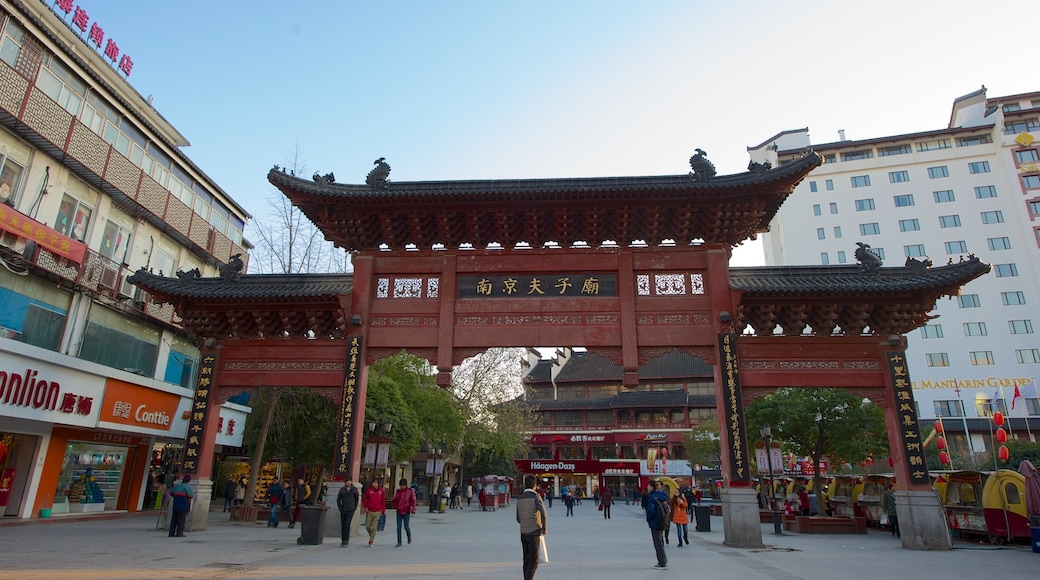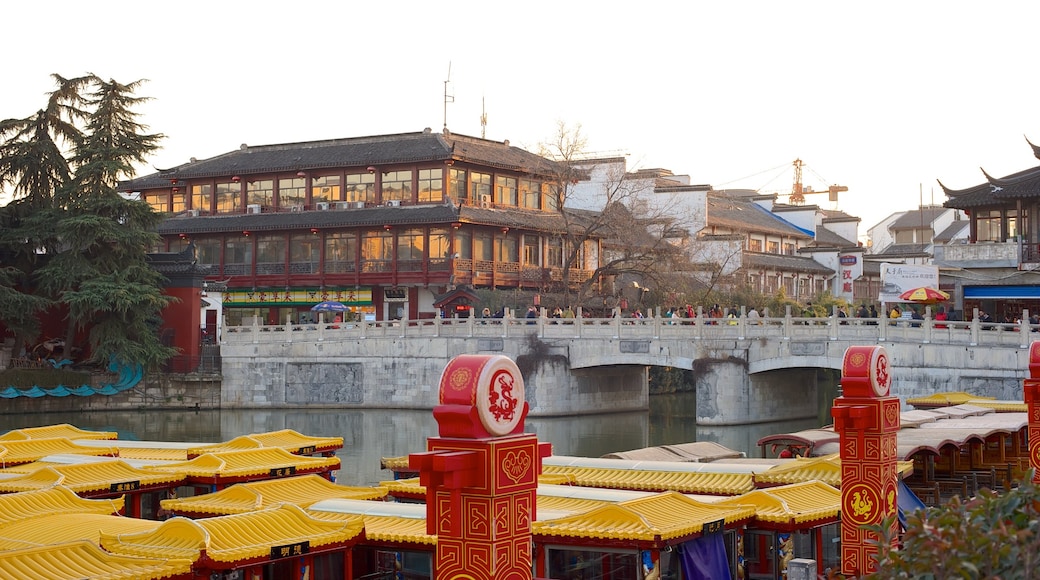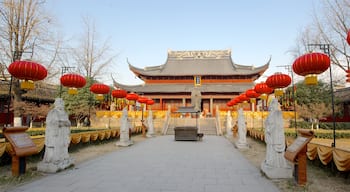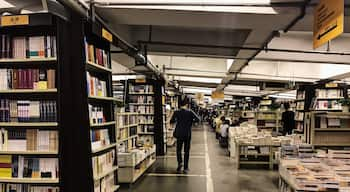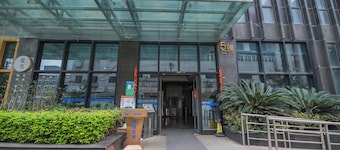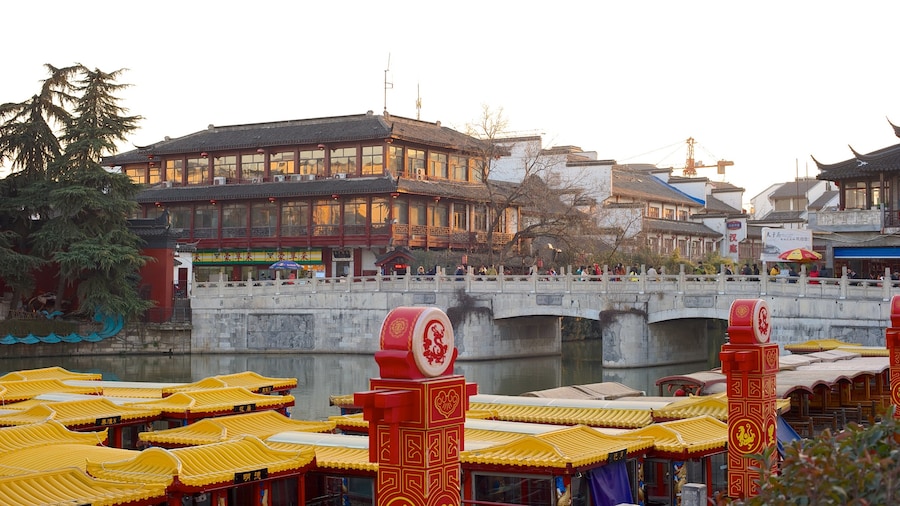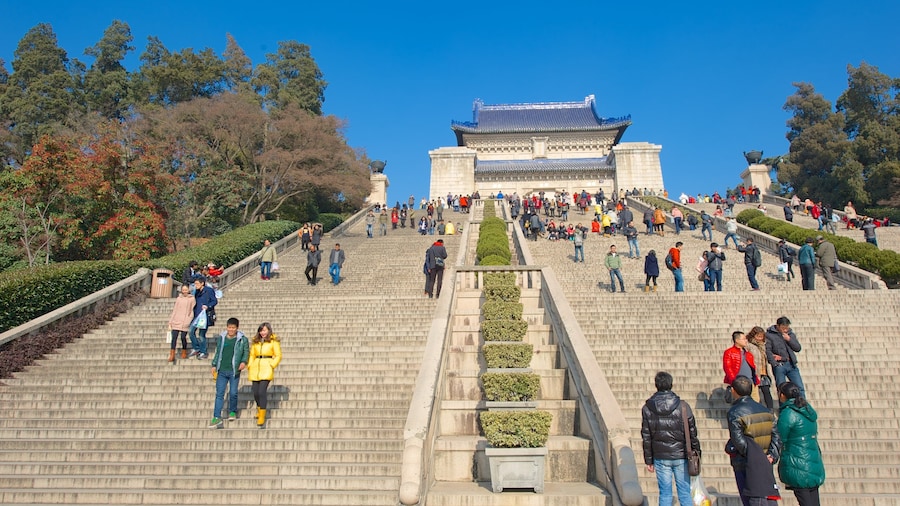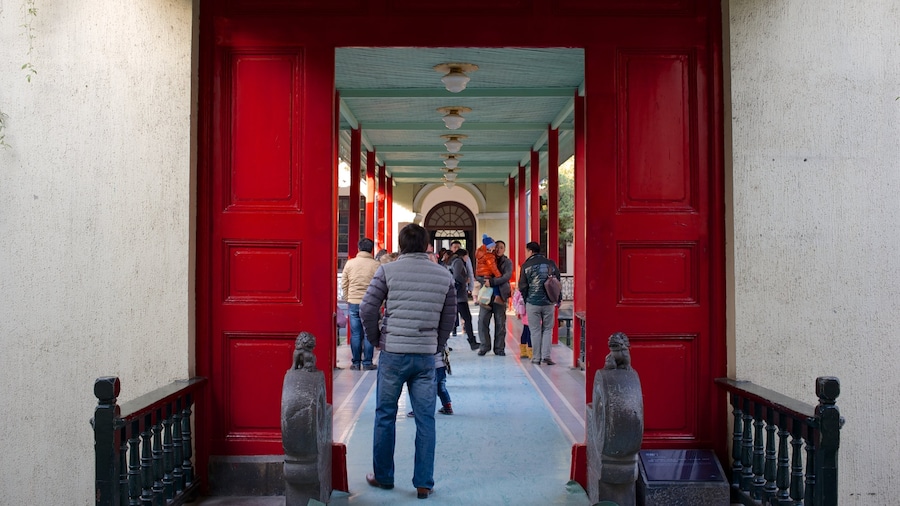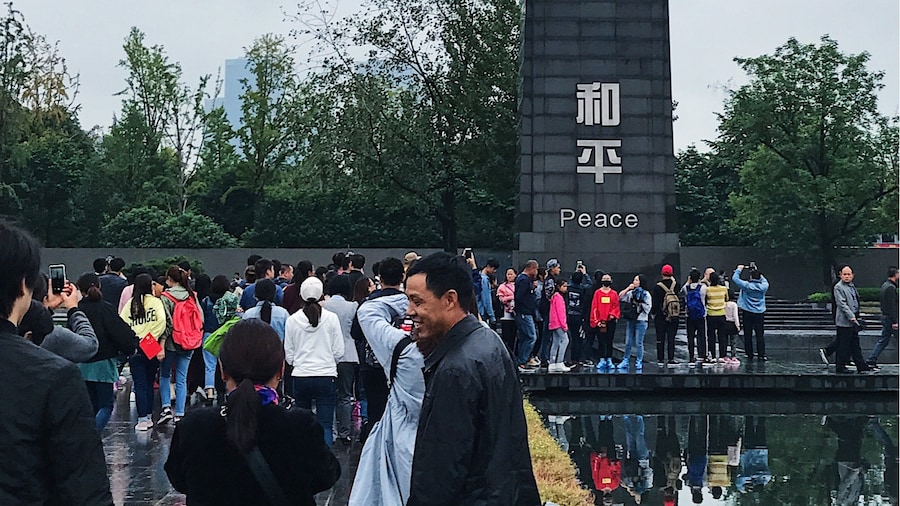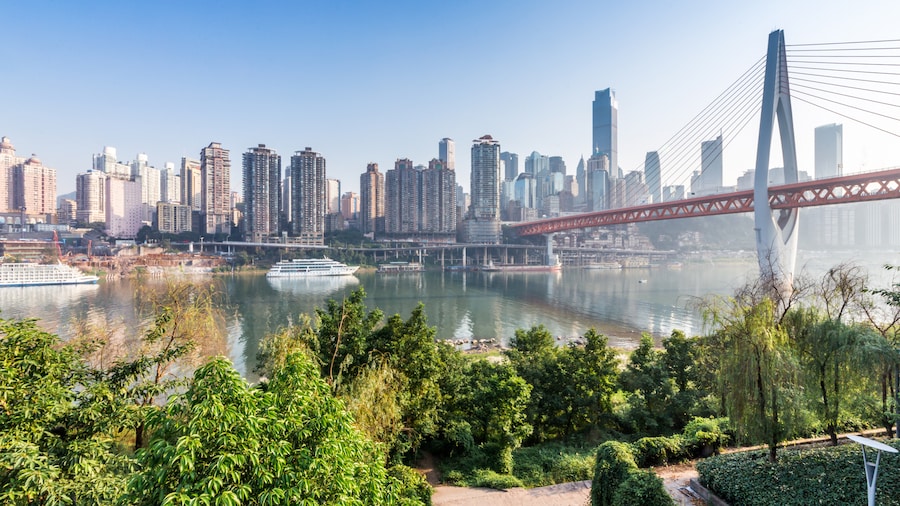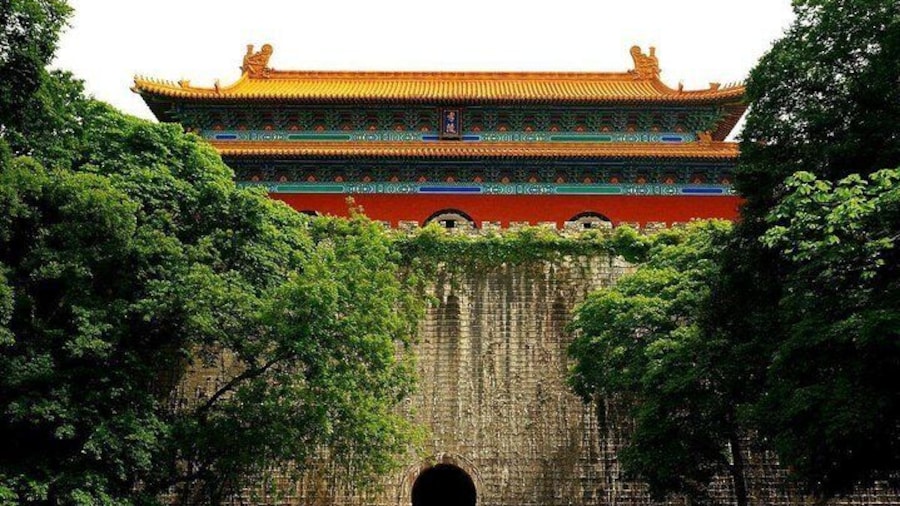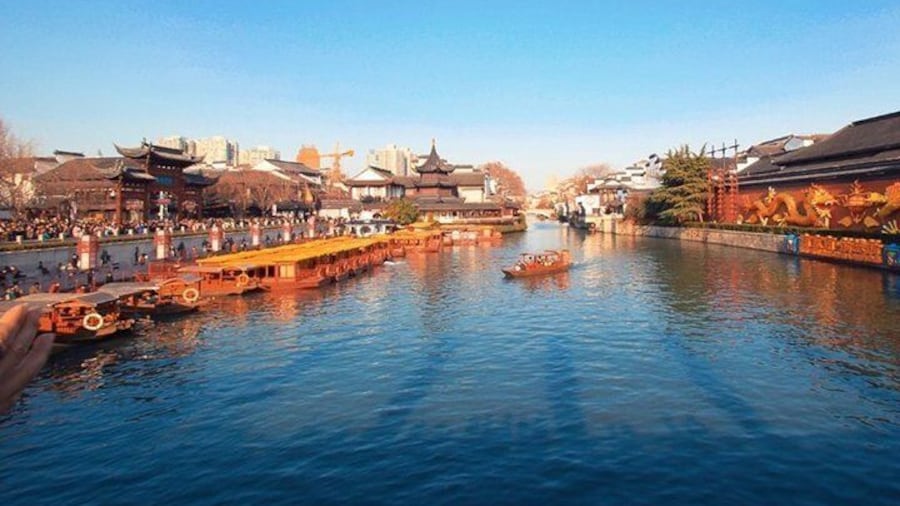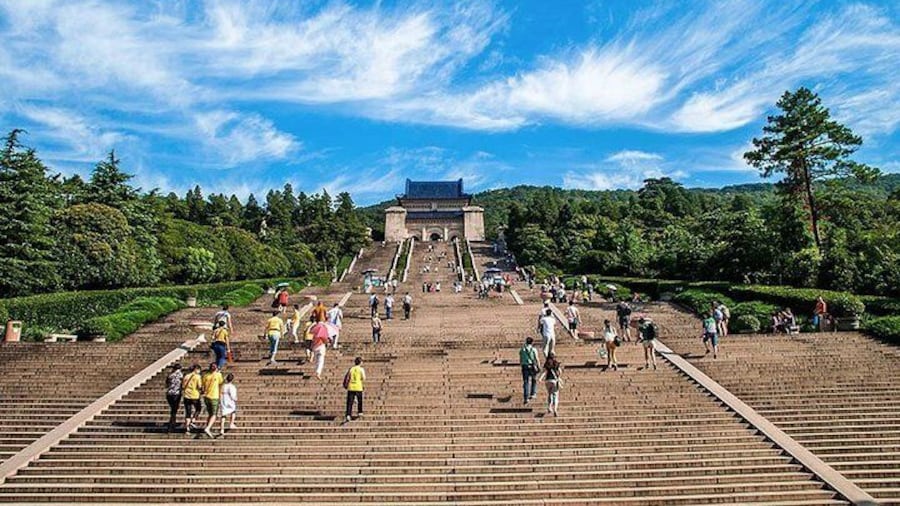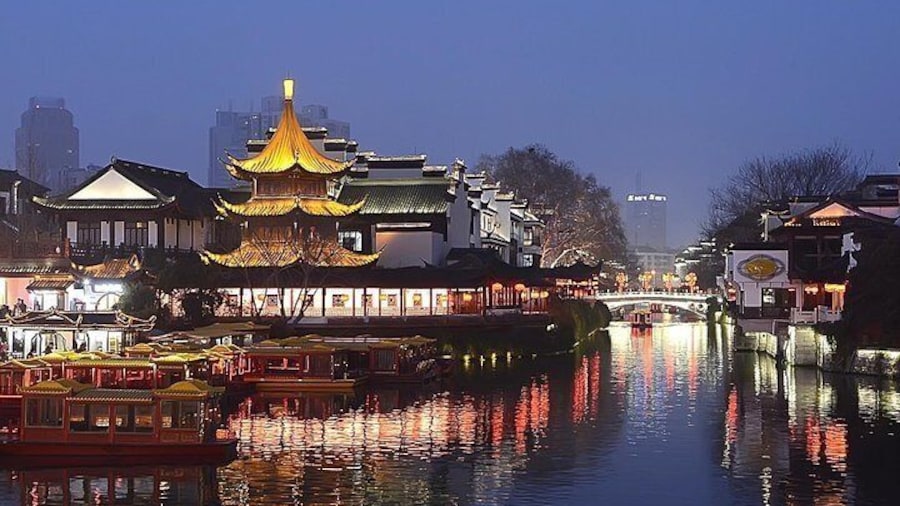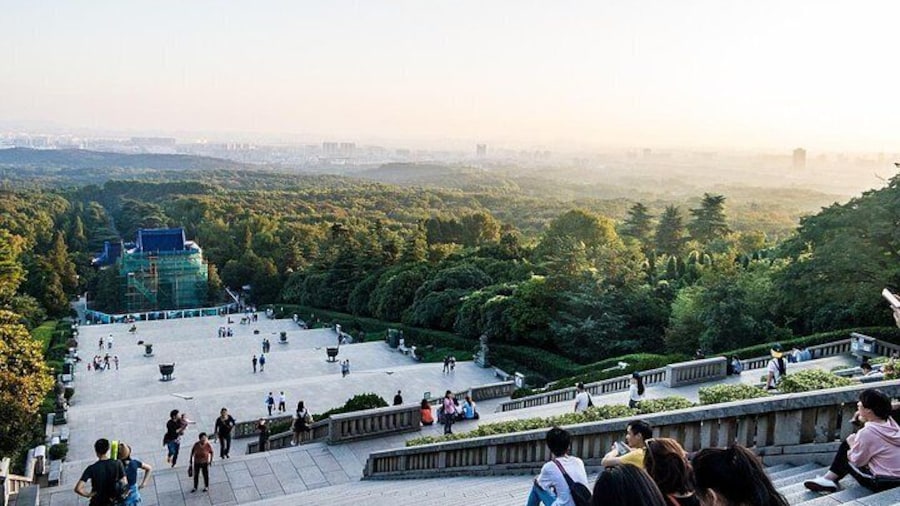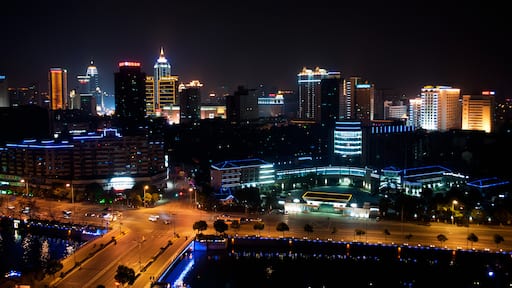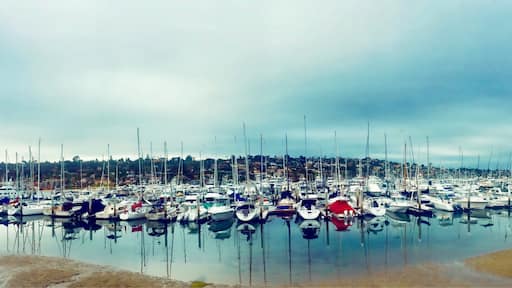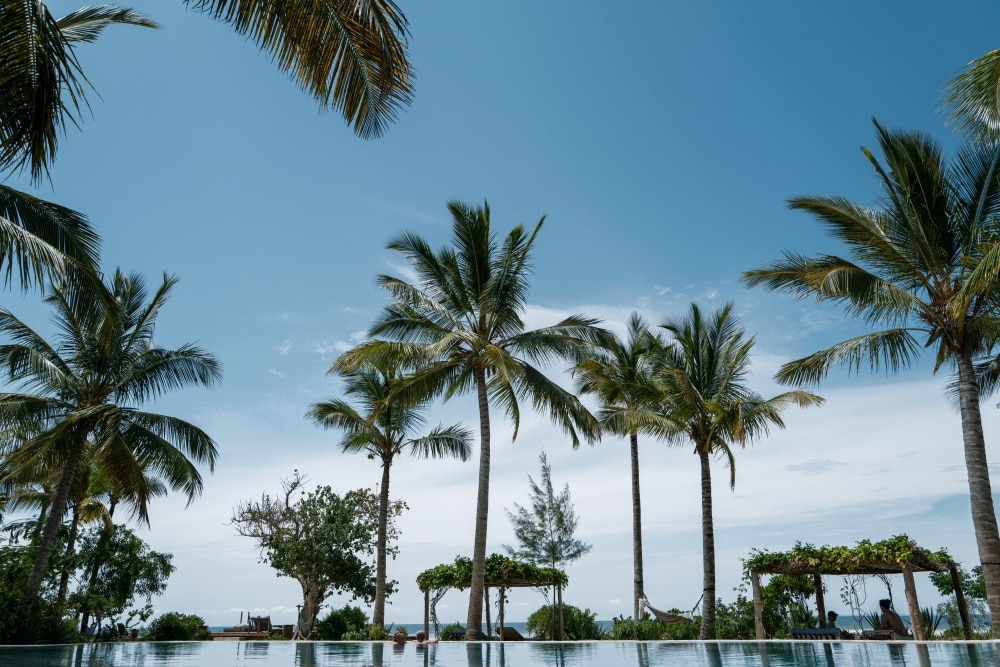China’s old imperial city sits on the lower reaches of the fabled Yangtze River and is filled with cultural treasures, both historic and contemporary.
Nanjing is a modern metropolis steeped in centuries of history. Once a seat for imperial power, Nanjing has developed into a centre for trade, commerce and education. The city charms with its wide boulevards, exciting nightlife and a well-preserved cultural heritage.
In the 14th century Nanjing was the imperial capital of the Ming dynasty, an era associated with great stability and cultural achievement. In Wuchaomen Park, see the ruins of the old Ming Palace and explore the remains of the Nanjing City Wall, which took 200,000 labourers 21 years to build. See the final resting place of the Ming dynasty’s founding emperor at the Ming Xiaoling Mausoleum, a vast and extravagant complex worth visiting for its animal sculptures alone. It’s located on Zhongshan Mountain, which is also where you can visit Dr. Sun Yat-Sen’s Mausoleum.
Explore one of the world’s largest collections of Ming and Qing dynasty treasures at the Nanjing Museum. Spend some time of quiet reflection at the Memorial Hall of the Nanjing Massacre, which documents the sacking and occupation of the city by the Japanese in 1937. Pay your respects to China’s greatest philosopher at the Confucius Temple. Take a cruise or stroll along the banks of the picturesque Qinhuai River to see the Zhonghua Gate and the exquisite Zhanyuan Garden.
Nanjing may be rich in cultural heritage but it is also a dynamic, youthful city, thanks to its large student population. Gastronomes will find no shortage of outstanding five-star restaurants, while those on a budget can enjoy local specialties like duck blood noodles and thin skin dumplings from small vendors everywhere. After 9 p.m., the 1912 entertainment district lights up, offering bars and clubs to suit all tastes.
Nanjing is located on the Yangtze River and is connected by regular passenger liner services to Shanghai and Wuhan. Buses, trains and planes all connect the city to the rest of China. Once you’ve arrived, explore Nanjing by metro, bus, taxi and bicycle.
